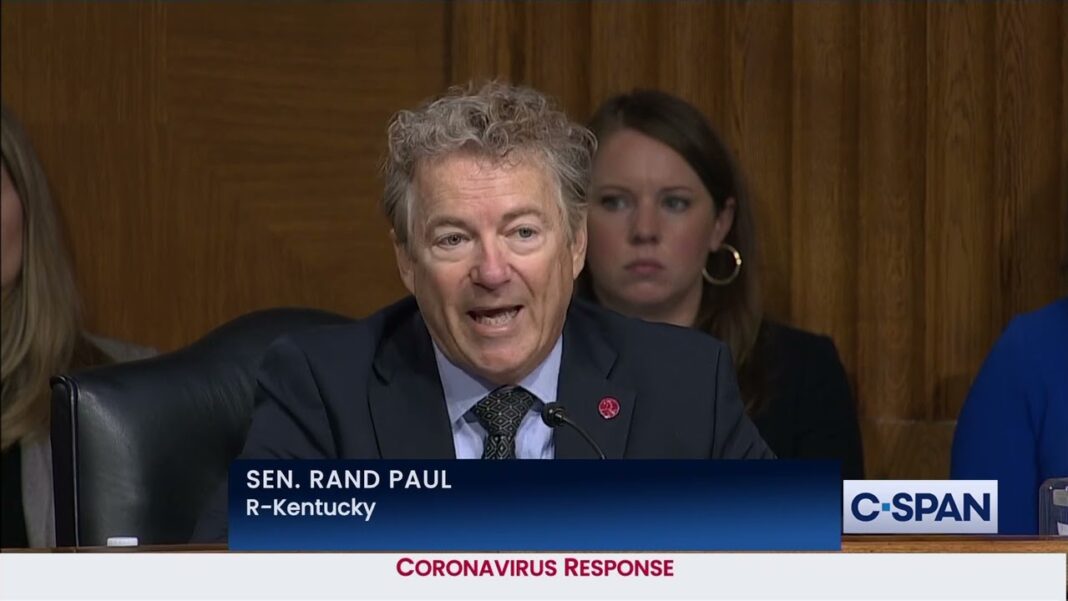Sales of electric vehicles (EVs) reached a record 3 million in 2020, according to a report from the International Energy Agency (IEA).
That’s an increase of 40 percent from 2019 and is in contrast to overall car sales, which saw a 16 percent decrease.
The report further estimated that EV sales could reach 23 million by 2030, thanks partly to the Biden administration’s stated goal of half of all vehicles sold in 2030 being zero-emissions vehicles.
Pointedly, lithium batteries are the preferred battery technology because it has the highest charge-to-weight ratio.
The push to transition to electric vehicles is driven by key regulations by the United States, Canada, and the European Union, to reduce carbon dioxide (CO2) and greenhouse gas (GHG) emissions from internal combustion engine vehicles, and transition to a more environmentally friendly future, according to the energy agency.
However, the United Nations Conference on Trade and Development (UNCTAD) reports that this uptick in EV adoption and increased demand for lithium batteries presents a significant environmental challenge.
“As demand for lithium increases and production is tapped from deeper rock mines and brines, the challenges of mitigating environmental risk will increase.”
Lithium in its pure form doesn’t occur naturally on Earth.
Currently, there are two viable ways to obtain lithium: hard rock extraction or evaporation ponds called salar brines.
Seawater presents a possible future source of lithium, but because of extensive water, land use, and time requirements, extracting lithium from seawater is not feasible.
Importantly, due to its cost-effective nature, salar brines are the most commonly used method for lithium extraction —66 percent of global lithium resources are from lithium brine deposits, according to UNCTAD’s report.
Miners drill holes in salt flats to extract lithium and pump the salty, mineral-rich brine to the surface.
Once at the surface, the water evaporates and leaves a mixture of lithium salts, borax, manganese, and potassium. The mixture is then filtered and placed into another evaporation pool, where it evaporates for an additional 12 to 18 months.
Once at the surface, the water evaporates and leaves a mixture of lithium salts, borax, manganese, and potassium. The mixture is then filtered and placed into another evaporation pool, where it evaporates for an additional 12 to 18 months.
After that period, lithium carbonate and hydroxide are extracted and can be used to make cathode material in batteries.
By Katie Spence







